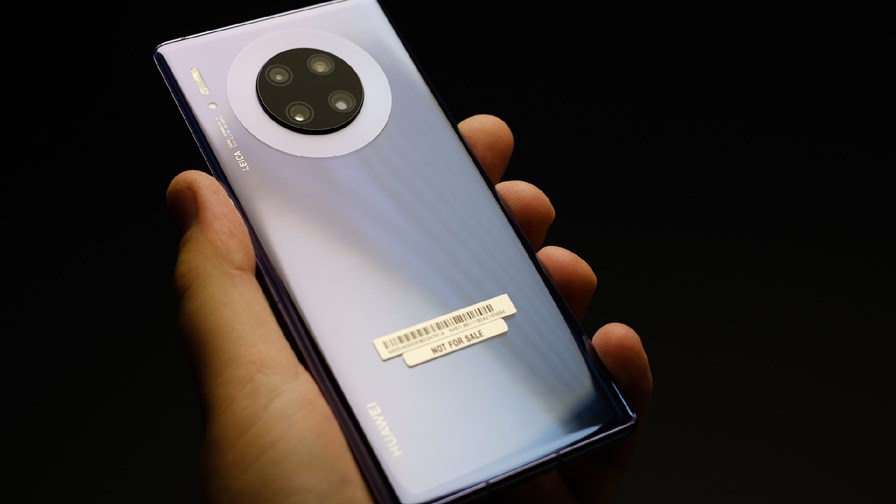
via Flickr © Karlis Dambrans (CC BY 2.0)
- Customers don't have to spend big to get a decent smartphone experience
- Pricey products could hold back 5G uptake in the short term
- A thousand bucks is starting to look cheap compared to some models
Further evidence has emerged that people are less inclined to spend big bucks on a flagship smartphone, as new figures from NPD Group suggest just one in 10 US consumers spends $1,000 or more on their handset.
It lends further weight to this somewhat reassuring trend of consumers not rushing to bankrupt themselves over a fancy phone, but opting instead for mid-tier devices or for holding onto their current device for longer.
There was a time not so long ago when a top-range device would set you back a not-exactly-paltry $500. However, now big players like Apple, Samsung and even Huawei, ask prospective customers to part with upwards of a thousand dollars to dine at the top table.
In the UK, a 512GB iPhone 11 Pro Max will set you back £1,500 if paying in full, up front. Similarly a white Samsung Galaxy S10+ with a whopping 1TB of storage comes in at £1,400. Huawei's Mate 30 Pro, which owing to the US/China trade war doesn't come with access to the Google Play store, comes in at a more reasonable £970 for the 256GB, 4G version. The 5G version nudges the price above £1,000.
There is mounting evidence to suggest that these price tags are putting flagship smartphones beyond the reach of all but a small minority of end users. It seems that most consumers either cannot justify that kind of outlay on a smartphone they know will be superseded by next year's edition, or they have literally become unaffordable.
NPD Group is the latest to add to this growing body of evidence. It points out that high prices could present some short-term challenges for 5G take-up.
"Just under 10 percent of consumers are spending over $1,000 on their smartphones. Since these consumers will be the target audience for 5G devices, which typically hit the market around the $1,200 price point, this may bring into question how quickly consumers choose to upgrade to 5G," NPD said.
Unsurprisingly, those people willing and able to shell out for a flagship tend to be concentrated in the richest cities in the country. According to NPD, New Yorkers and Los Angelenos are more likely than most to stump up a thousand dollars or more for a phone.
"Those in the top 10 DMAs (designated market areas) account for more than one-third of $1,000+ active smartphones," NPD said. "Since consumers in the top 10 DMAs make up 29 percent of the US population, consumers in these areas over index in $1,000+ devices by 25 percent compared to the rest of the country. As such, these markets should be a primary target for manufacturers, as well as where carriers should focus on developing or advancing 5G networks and educating consumers."
As Gartner pointed out late last month, all the excitement is in the mid-tier. There is also growing interest in repairable devices. It should come as no surprise: Google's ambition to become the world's biggest smartphone OS player meant getting Android to work on very modest smartphone hardware in order to drive emerging and mass market uptake.
It means that consumers can get a very decent Android experience without breaking the bank. The screen probably won't come embedded with a fingerprint sensor, and it might not have a curved, edge-to-edge quad HD AMOLED display, and it might only have two, maybe three cameras instead of six (like the Huawei Mate 30 Pro)... However, it won't have any trouble running apps or streaming content, and it'll still take good enough pictures.
Flagship devices will always have their place in the smartphone market, just like Ferrari, Lamborghini and Bugatti have their place in the car market. They show what's possible, and pack technology that will eventually trickle its way down into the mid-tier, eventually becoming commoditised. It just seems there is a larger proportion of people willing to wait for that trickle-down.
Email Newsletters
Sign up to receive TelecomTV's top news and videos, plus exclusive subscriber-only content direct to your inbox.




